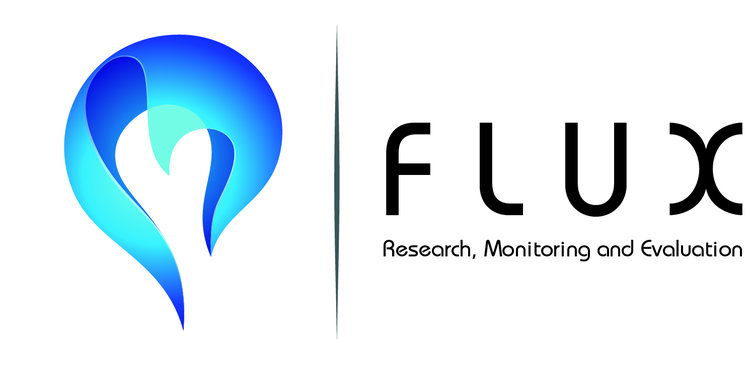Repost of blog entry for #IDEAinsider
So you’re getting into social business. Me too!
Maybe you just have an idea or maybe you’ve been up and running for a couple of years. At some point you’ll probably be asked about your “impact.” Of course every business needs money to survive and prosper, but social businesses must also produce this somewhat mysterious “impact” product. But how?
Step 1: Be strong. Be open.
Get yourself and your team ready to leave the comfortably measurable world of revenue, profit, and warehouse square footage. There’s no ‘best’ way to define nor to measure the impact of a business on someone’s life, and don’t worry, many minds have weighed in on the subject (example from the investment perspective). Understand that creating an impact on a group or community has many layers. Purely technical challenges (which have singular, technical solutions) are actually pretty rare. Instead, it usually fits somewhere in the outer quadrants of the types of challenges below:
Step 2: Get explicit.
A good social enterprise business plan contains a solid, detailed, and convincing explanation of how your strategy is going to actually make your mission and vision a reality. This is called a Theory of Change. You can make the format, shape and content of your Theory of Change your own, but to be able to articulate and demonstrate your impact, it should define:
Who you plan to engage (stakeholders): any significant groups or individuals who stand to gain or lose something (monetary or otherwise) because of what you’re business does.
All the ways you will engage them (components of strategy): Think broadly here. Selling a product is one thing, but how might your success influence other companies in the sector, for instance?
What could go wrong and what you don’t know (risks & assumptions): Make sure your team understands the major known-unknowns. Have a healthy conversation about what you think is underlying your theory – what are you assuming about different groups of stakeholders, for instance
What effects this engagement will have and how the effects interact (outcomes): only very rarely is social change a question of inputs leading directly to outputs. Think about the collective effects of your different spheres of action and how they can be combined, how they will work together and feed back into each other over time.
What you hope to achieve at the end of all this (Impact): Make sure to follow the logic through to the end. Just getting kids into the classroom (for example) is a good outcome, but why do you want them in the classroom? It probably has something with learning, growing, and creating a more productive society.
Step 3: Demand real data.
Here we’re talking about data-driven decision-making, but not just in the faddish sense of having an online platform with a few bar charts. The key to achieving impact in a social system (remember, it’s not warehouse space) is having several types of data that allow you to see what’s going on from several different angles. Sure you probably need some indicators to get a quick, basic snapshot of what’s going on, but only more detailed, qualitative information can help unpack the details of why and how things are changing.
Step 4: Be loyal, not obedient.
There’s a Goldilocks area for every social enterprise that mixes a respect for the theory of change with a healthy, realistic ability to innovate and be flexible along the way. The struggle to achieve impact should involve multiple levels of learning and adaptation.
To be impactful...
you MUST learn on MULTIPLE levels.
In Conclusion:
Louisiana is an intense, beautiful, tough collection of exceptions, contradictions and synergies. Problems here require home-grown solutions, many of which will come in the form of social business. These ventures will inevitably import ideas and experiences from afar. Nothing wrong with that.
But, imagine that these entrepreneurs might combine an open, flexible mentality with an explicit theory of change, a trail of data demonstrating impact, and a track record of reflecting, learning, and adapting together.
That seems a solid move towards what’s been missing (or less obvious) until now - the part where these projects export their thinking, sharing their models, leading the global community by example.



